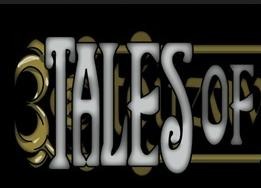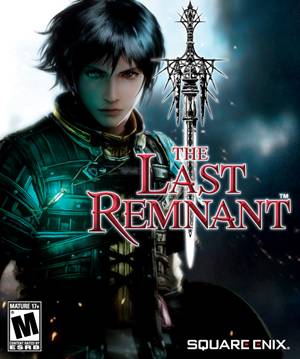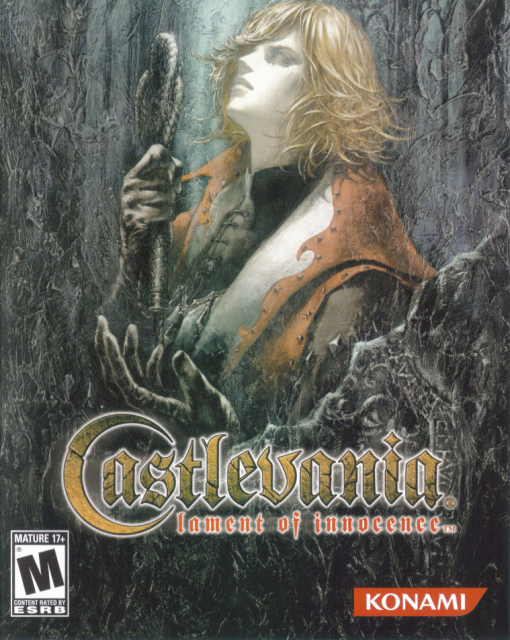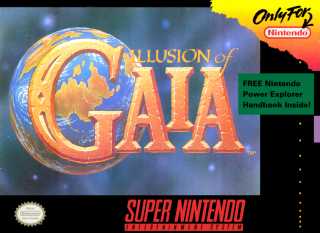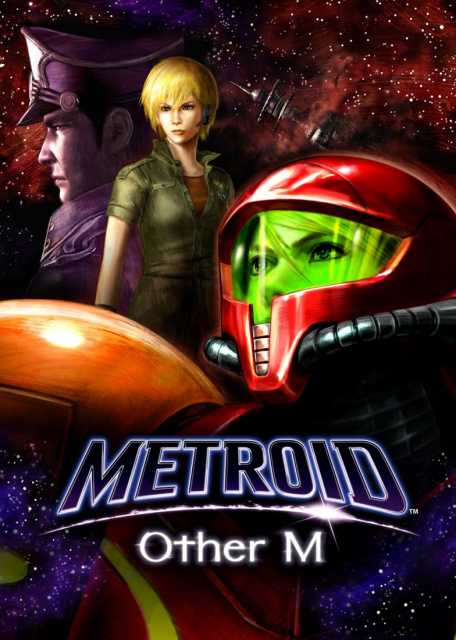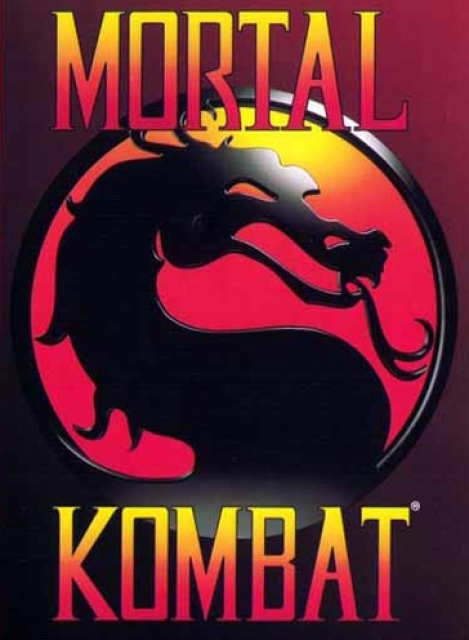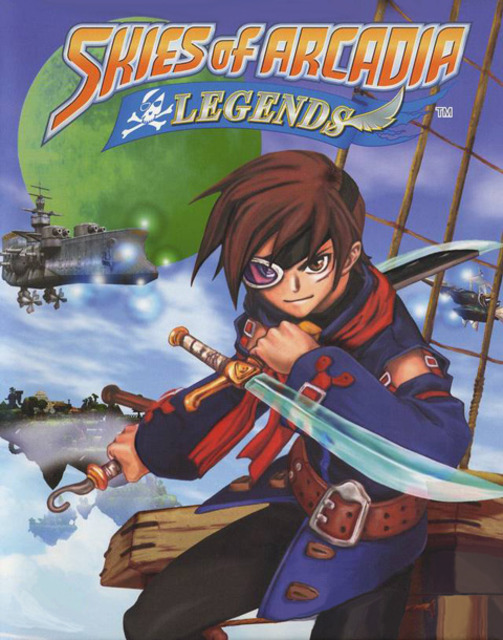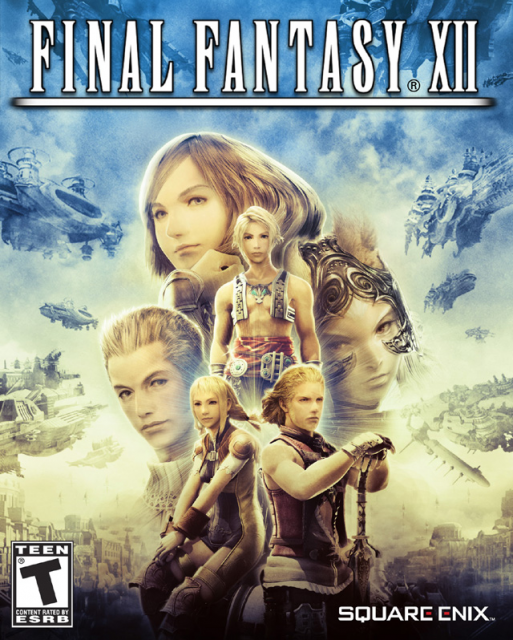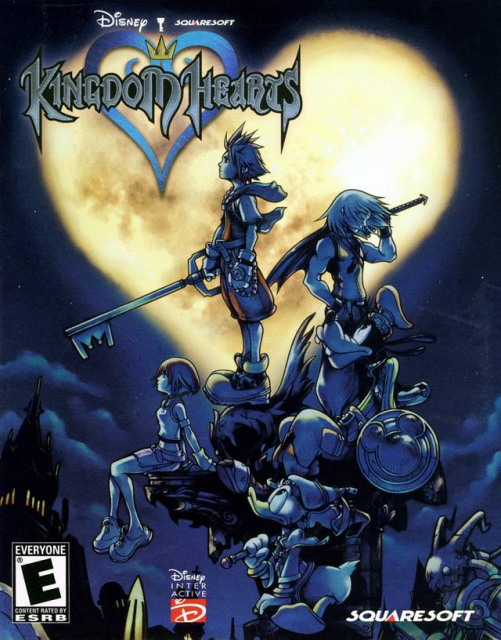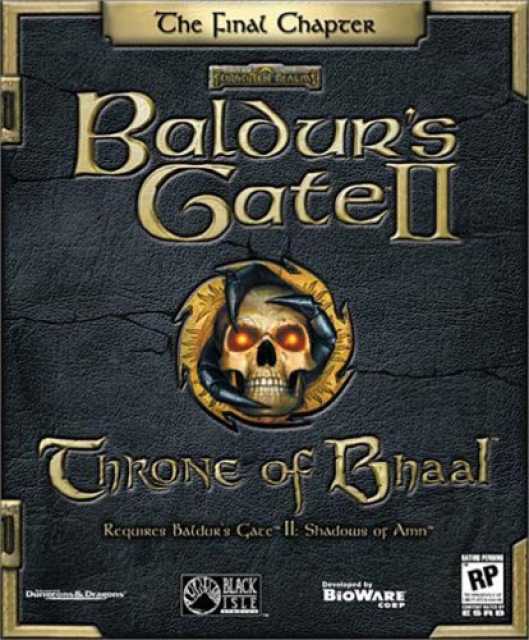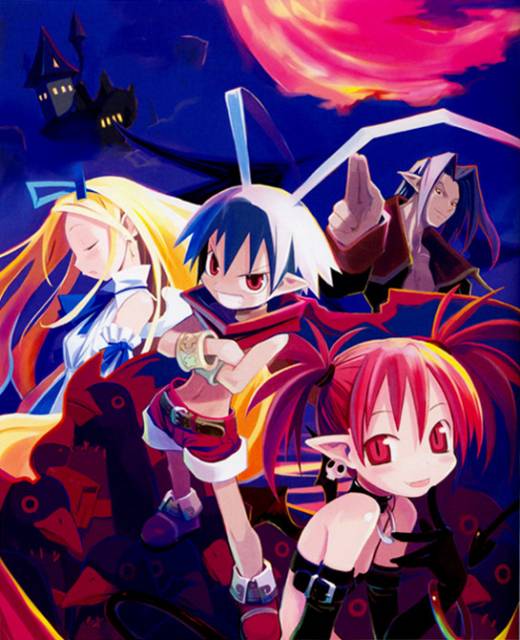Superboss Fortnight
Howdy folks. Inter-acquaintance and resident Japanophile Prime Hailinel recently completed an entire month's worth of daily blogs detailing notable end of game bosses. To honor this achievement, and because imitation is easier than innovation, here's a list of my favorite superbosses. Superbosses, as we all know, are those optional bosses that a game provides to test the truly worthy. While most are simply non-sequiturs of little import in a narrative sense, there are quite a few ways a game might play around with their unstoppable killing machines.
I don't think there's any risk of spoilers here, but just in case here is a warning: Spoiler warning.

